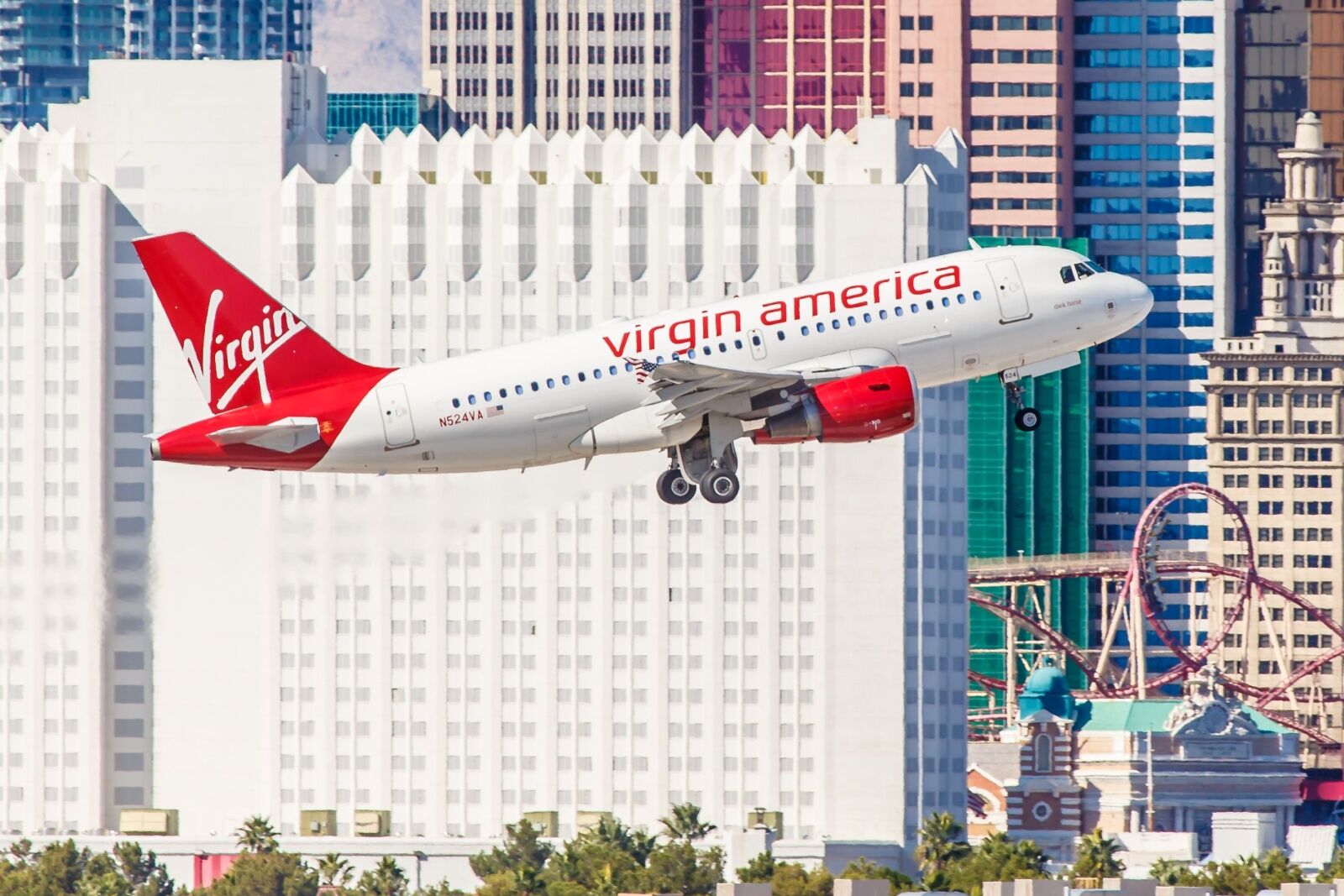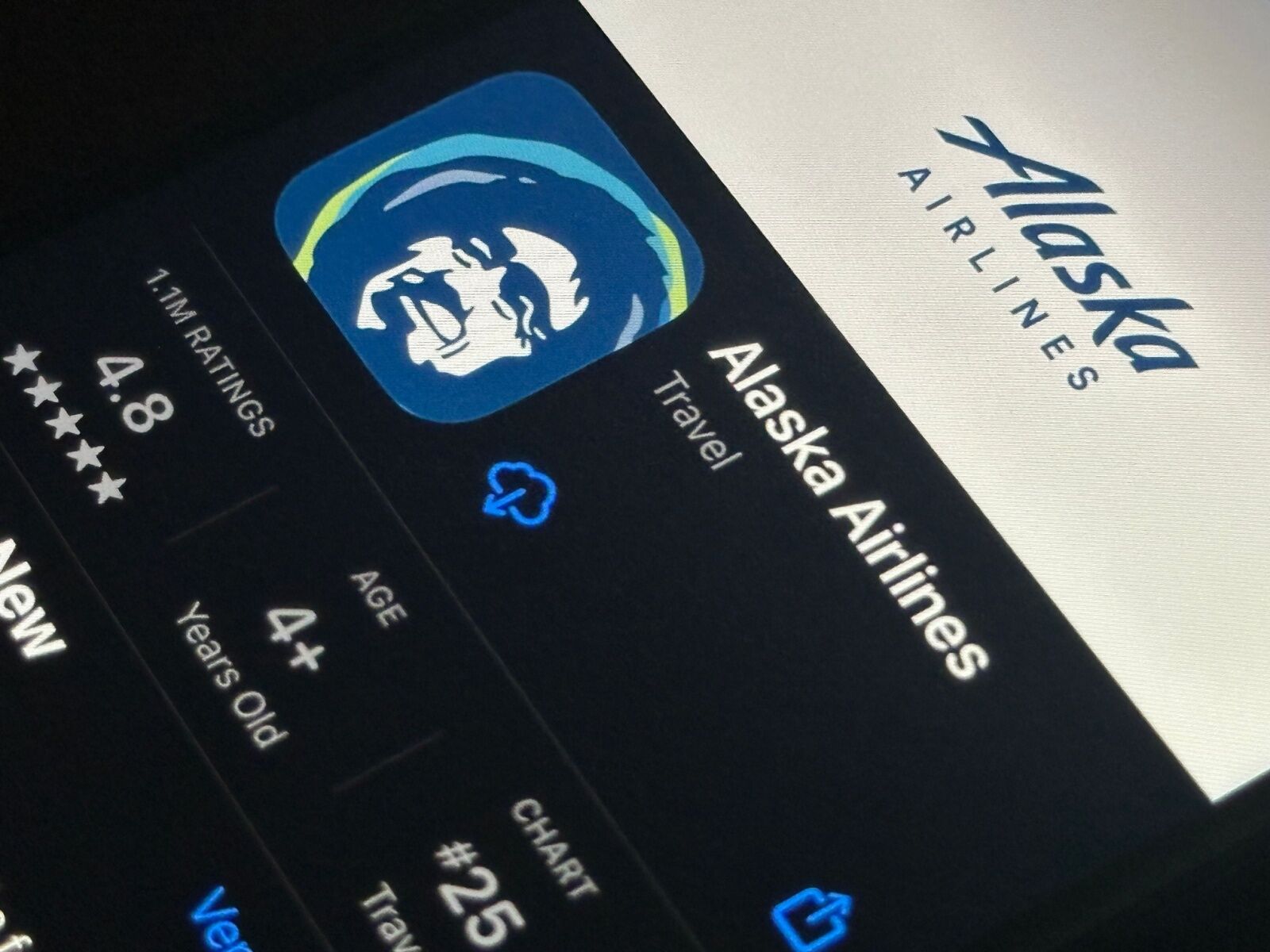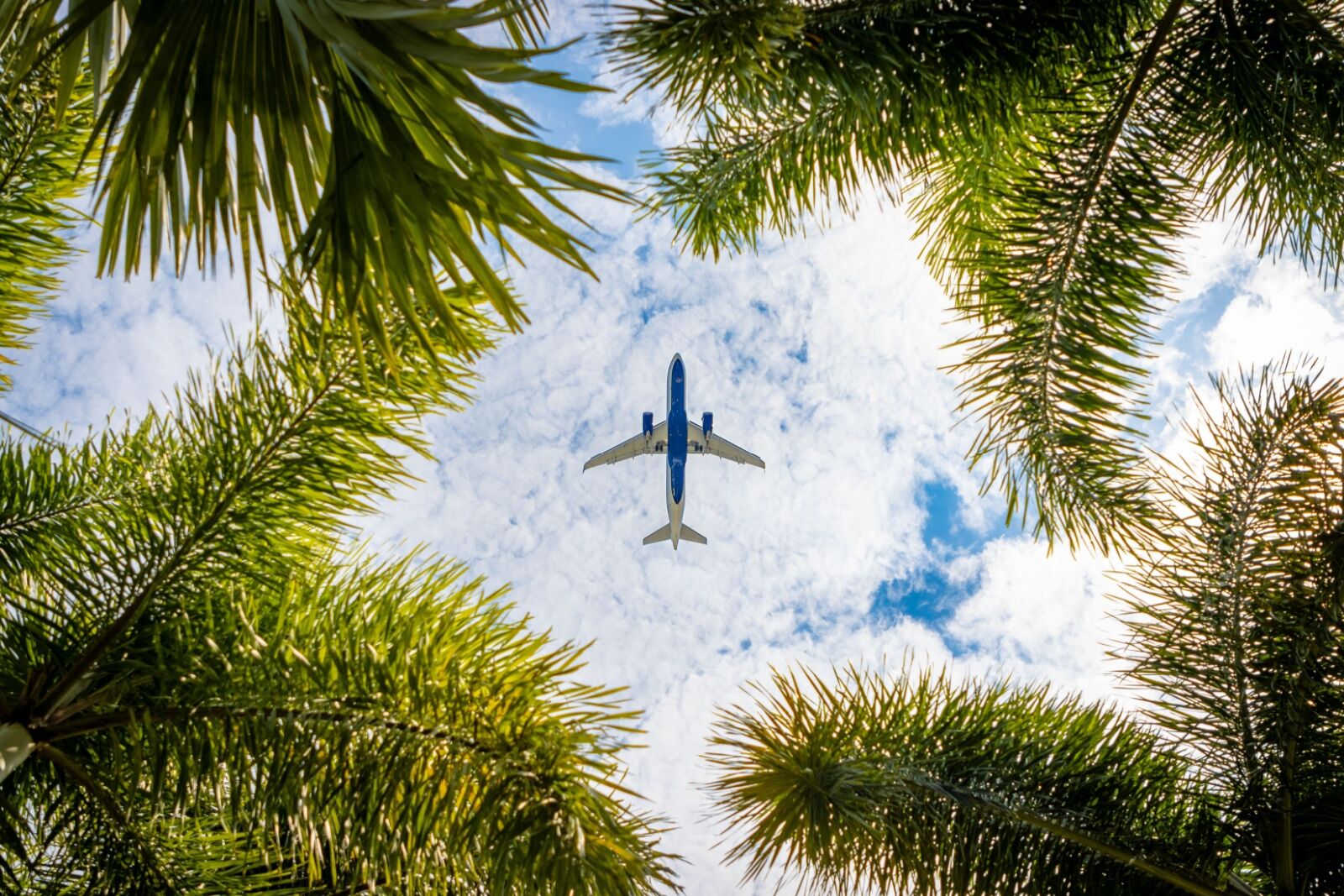The months-long effort to merge two major airlines finally went through on September 18, marking one of the largest airline mergers of the last decade in the US.
According to the official announcement of the Alaska-Hawaiian merger, the $1.9 billion acquisition of Hawaiian Airlines by Alaska Air Group (which operates Alaska Airlines) will “enable guests to reach 141 destinations directly, including 29 international markets, and over 1,200 destinations globally through the oneworld Alliance and global partners.” The merger was announced in December of 2023 but was delayed as it went through review by the US Department of Transportation (DOT). Critics feared the Alaska-Hawaiian merger would reduce competition, leading to fare increases and a higher risk of inter-island routes being cut. Combined, the two airlines have a sizable share of flights between the mainland US and Hawaii, meaning a consolidation could drive up prices.



